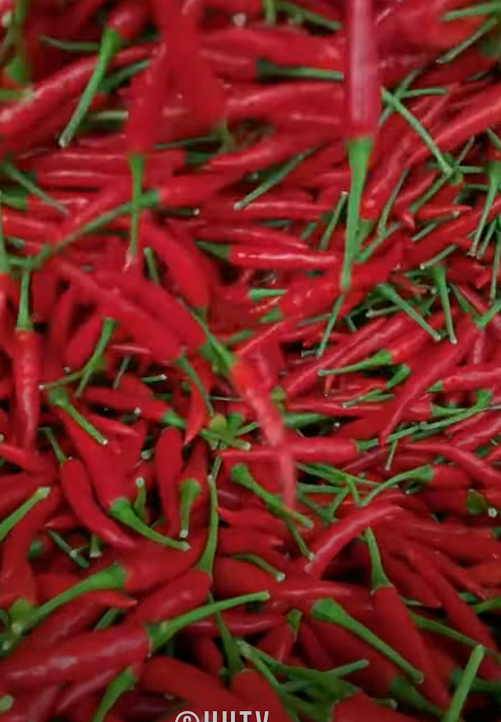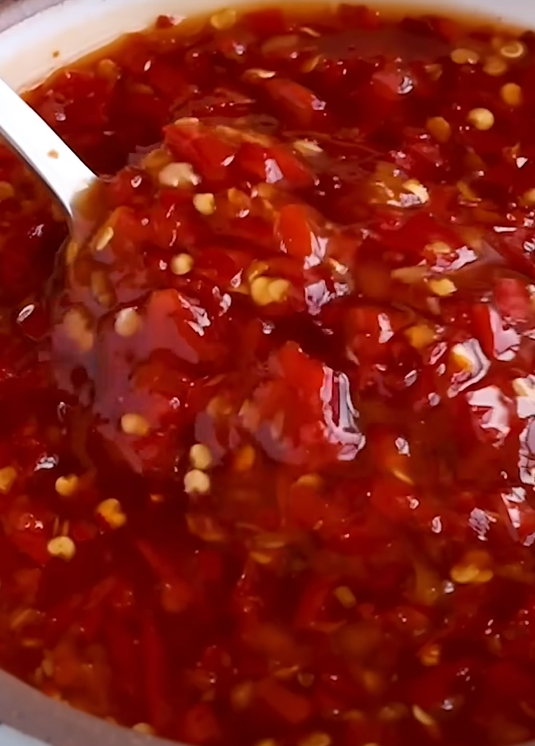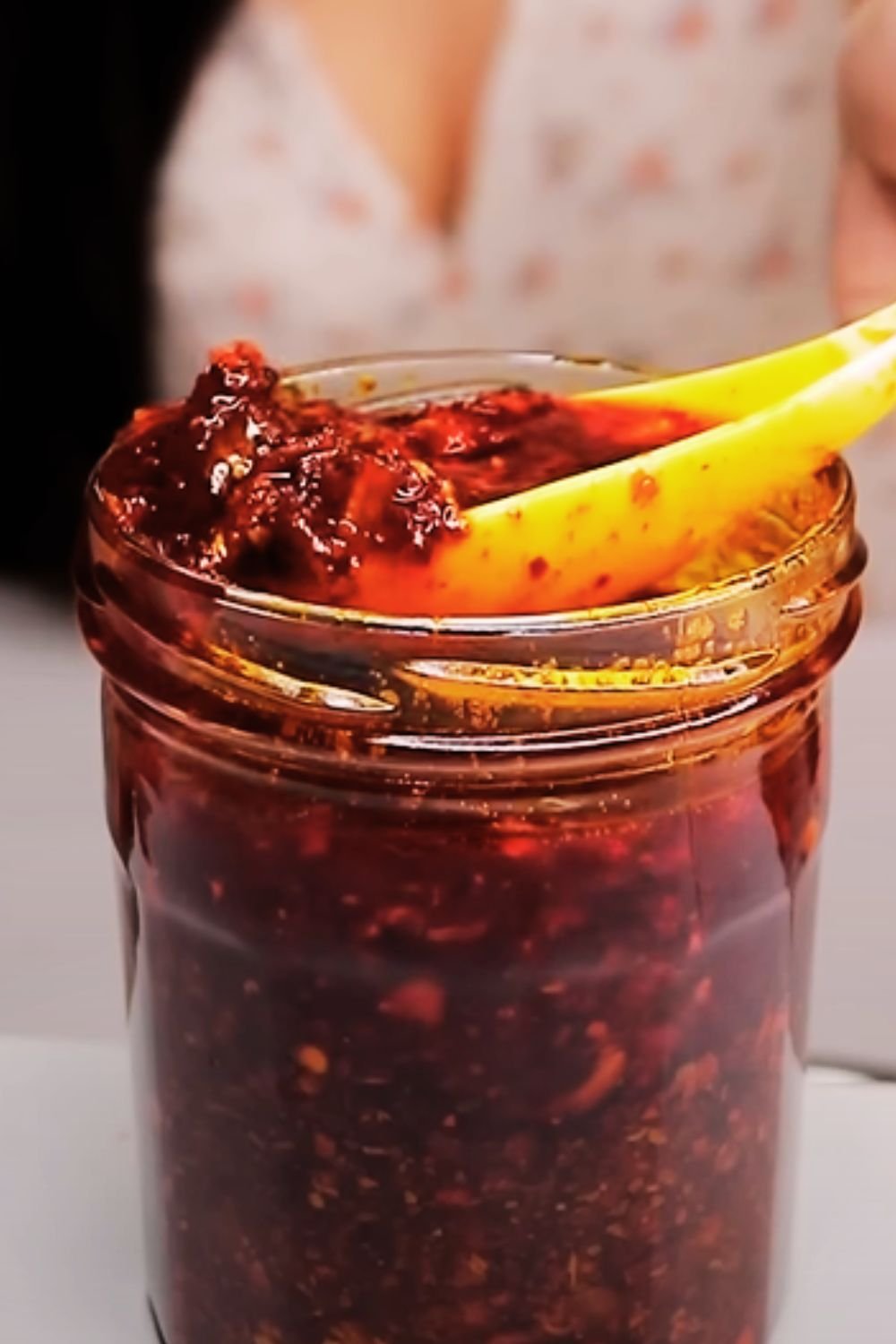When I first stumbled upon the idea of making Big Blue Monster Stuffed Cookies, I never imagined they’d become such a sensation in my kitchen. These whimsical, oversized treats combine the nostalgic charm of childhood favorites with sophisticated baking techniques that’ll impress even the most discerning cookie enthusiasts. What makes these cookies truly special isn’t just their vibrant blue color or their generous size – it’s the delightful surprise waiting inside each bite.
My journey with these magnificent cookies began during a particularly dreary winter afternoon when I wanted to create something that would bring pure joy to my family’s faces. The concept of stuffing cookies might seem unconventional, but trust me when I say that the results are absolutely extraordinary. These aren’t your ordinary cookies – they’re edible works of art that combine visual appeal with incredible flavor complexity.
The beauty of Big Blue Monster Stuffed Cookies lies in their versatility and the sheer excitement they generate. Whether you’re planning a birthday celebration, hosting a themed party, or simply want to surprise your loved ones with something extraordinary, these cookies deliver on every front. The vibrant blue exterior immediately captures attention, while the hidden treasures inside create an element of delicious surprise that keeps people coming back for more.
Understanding the Magic Behind Monster Cookies
Before diving into the creation process, let me share what makes these cookies so remarkably special. The foundation starts with a carefully crafted cookie dough that’s both sturdy enough to hold generous fillings and tender enough to provide that perfect bite. I’ve spent countless hours perfecting the balance between structure and texture, ensuring each cookie maintains its shape while delivering optimal flavor.
Cookie Base Fundamentals: Cookie dough strength refers to the dough’s ability to hold its shape during baking while accommodating various fillings without breaking apart.
Stuffing Integration: The art of incorporating fillings seamlessly into cookie dough without compromising the final texture or appearance.
Color Stability: Maintaining vibrant blue coloring throughout the baking process without affecting taste or texture.
Size Optimization: Creating cookies large enough to showcase fillings while ensuring even baking throughout.
The secret to achieving that perfect monster-like appearance involves strategic use of food coloring, careful attention to dough consistency, and understanding how different ingredients interact during the baking process. I’ve discovered that gel food coloring works significantly better than liquid alternatives, providing intense color without altering the dough’s moisture content.
Essential Ingredients and Their Roles
Creating these spectacular cookies requires specific ingredients that work harmoniously together. Each component serves a crucial purpose in achieving the desired texture, flavor, and appearance that makes these cookies truly memorable.
| Ingredient | Quantity | Primary Function | Special Notes |
|---|---|---|---|
| All-purpose flour | 3 cups | Structure foundation | Provides necessary gluten development |
| Butter (unsalted) | 1 cup | Fat content, flavor | Must be room temperature for proper creaming |
| Brown sugar | 1 cup | Moisture, chewiness | Dark brown sugar adds more molasses flavor |
| Granulated sugar | ½ cup | Structure, sweetness | Helps with cookie spreading |
| Large eggs | 2 whole | Binding, moisture | Room temperature eggs mix better |
| Vanilla extract | 2 teaspoons | Flavor enhancement | Pure vanilla preferred over artificial |
| Baking soda | 1 teaspoon | Leavening agent | Fresh baking soda ensures proper rise |
| Salt | ½ teaspoon | Flavor balance | Enhances sweetness perception |
| Blue gel food coloring | 1-2 teaspoons | Visual appeal | Gel type maintains dough consistency |
The magic happens when you understand how each ingredient contributes to the final product. Brown sugar creates that characteristic chewiness we associate with perfect cookies, while the combination of both brown and granulated sugars provides optimal texture balance. The butter must be properly creamed to incorporate air, creating the light texture that allows these cookies to accommodate generous fillings without becoming dense.
Filling Options That Create Cookie Magic
The stuffing component transforms ordinary cookies into extraordinary experiences. Through extensive experimentation, I’ve identified several filling combinations that work exceptionally well with the blue monster theme while providing incredible flavor experiences.
Classic Combinations:
Chocolate chip cookie dough filling creates a delightful cookie-within-a-cookie experience that never fails to surprise. I prepare a small batch of edible cookie dough specifically for this purpose, ensuring it’s safe to consume while providing that authentic cookie dough flavor we all secretly crave.
Cream cheese frosting centers add luxurious richness that contrasts beautifully with the cookie’s sweetness. The tangy element balances the overall flavor profile while creating a moist, decadent center that melts perfectly during baking.
Peanut butter and jelly combinations bring nostalgic comfort food vibes to these monster cookies. I use natural peanut butter for better flavor integration and high-quality preserves that won’t make the cookies overly sweet.
Advanced Filling Techniques:
| Filling Type | Preparation Method | Baking Considerations | Flavor Profile |
|---|---|---|---|
| Cookie dough | Mix dry ingredients with softened butter | Contains no eggs, safe when raw | Sweet, vanilla-forward |
| Cream cheese frosting | Beat softened cream cheese with powdered sugar | May require slight temperature adjustment | Tangy, rich, creamy |
| Nutella surprise | Chill Nutella until firm, roll into balls | Maintains shape well during baking | Hazelnut, chocolate |
| Caramel centers | Use thick caramel sauce, add pinch of salt | May create slight spreading | Sweet, buttery, complex |
| Marshmallow fluff | Combine with small amount of flour for stability | Expands during baking | Light, sweet, nostalgic |
The key to successful stuffing lies in understanding moisture content and how different fillings behave under heat. Wetter fillings require adjustments to prevent cookies from spreading excessively, while drier fillings might need slight moisture additions to integrate properly with the surrounding dough.
Step-by-Step Creation Process
Creating these magnificent cookies requires patience, attention to detail, and a systematic approach that ensures consistent results every time. I’ve refined this process through countless batches, identifying the critical steps that separate good cookies from truly exceptional ones.
Preparation Phase:
Begin by bringing all ingredients to room temperature, which typically takes about two to three hours for butter and eggs. Room temperature ingredients blend more effectively, creating smoother dough with better texture. I recommend removing butter from refrigeration the night before baking day to ensure optimal consistency.
Prepare your chosen fillings before starting the cookie dough. This prevents the dough from becoming overworked while you’re preparing stuffing components. If using cream cheese-based fillings, ensure they’re properly chilled to maintain shape during assembly.
Dough Development:
Cream butter with both sugars until the mixture becomes light and fluffy, approximately four to five minutes with an electric mixer. This process incorporates air that creates tender texture while developing the sugar’s sweetening potential. The mixture should appear noticeably lighter in color and increased in volume.
Add eggs one at a time, ensuring each is fully incorporated before adding the next. This gradual addition prevents the mixture from curdling and ensures smooth integration. Follow with vanilla extract, mixing just until combined.

In a separate bowl, whisk together flour, baking soda, and salt. This ensures even distribution of leavening agents throughout the flour. Gradually add dry ingredients to the wet mixture, mixing on low speed until just combined. Overmixing at this stage develops too much gluten, resulting in tough cookies.
Color Integration:
Add blue gel food coloring gradually, starting with less than you think you need. The color will intensify slightly during baking, and it’s easier to add more than to correct overly intense coloring. Mix until color is evenly distributed throughout the dough, scraping bowl sides as needed.
Assembly and Baking Techniques
The assembly process determines whether your cookies will be ordinary or extraordinary. Proper technique ensures fillings stay centered, cookies maintain their shape, and colors remain vibrant throughout baking.
Cookie Assembly Process:
Portion dough into large balls, approximately three tablespoons each. These cookies are meant to be substantial, providing ample space for generous fillings while maintaining structural integrity. Create an indentation in each dough ball using your thumb or a small spoon.
Place approximately one tablespoon of chosen filling into each indentation. The amount may seem generous, but these cookies can accommodate substantial fillings when properly assembled. Gently pull dough edges over filling, ensuring complete coverage while maintaining a relatively round shape.
Critical Baking Parameters:
| Parameter | Specification | Importance | Adjustment Notes |
|---|---|---|---|
| Oven temperature | 350°F (175°C) | Ensures even baking | Higher temps may brown exterior before interior cooks |
| Baking time | 12-15 minutes | Prevents overbaking | Look for set edges, soft centers |
| Pan spacing | 3 inches apart | Prevents spreading together | These cookies expand significantly |
| Pan preparation | Parchment paper | Easy removal | Silicone mats work equally well |
| Cookie size | 3 tablespoon portions | Accommodates fillings | Smaller portions may not hold fillings well |
Position cookies on prepared baking sheets with generous spacing. These cookies spread more than typical varieties due to their size and filling content. I recommend baking only six cookies per standard sheet pan to ensure adequate space for expansion.
Bake until edges appear set but centers still seem slightly soft. The cookies will continue cooking on the hot pan after removal from the oven, so slight underbaking prevents dry, overcooked results. Cooling on the pan for five minutes before transferring to wire racks prevents breaking while cookies are still fragile.
Troubleshooting Common Challenges
Through years of perfecting these cookies, I’ve encountered virtually every possible issue and developed reliable solutions. Understanding potential problems before they occur helps ensure consistent success with every batch.
Color-Related Issues:
Sometimes the blue coloring appears uneven or develops an unnatural appearance. This typically occurs when using liquid food coloring instead of gel varieties, or when coloring is added too quickly. The solution involves using high-quality gel coloring and adding it gradually while mixing thoroughly at each stage.
If colors appear too intense, remember that cookie dough colors often appear more vibrant before baking. The heat typically mellows intense colors slightly, so resist the urge to add excessive amounts during mixing.
Structural Problems:
Cookies that spread excessively usually indicate dough that’s too warm or contains too much moisture from wet fillings. Chilling assembled cookies for fifteen to twenty minutes before baking helps maintain shape. Additionally, ensuring butter is properly creamed but not melted prevents excessive spreading.
Fillings that leak during baking suggest insufficient dough coverage or overly liquid filling consistency. Ensure complete dough coverage around fillings and consider chilling wet fillings before assembly to improve handling characteristics.
Texture Concerns:
Dense, heavy cookies often result from overmixing flour or using cold ingredients. Room temperature ingredients blend more easily, requiring less mixing and preventing gluten overdevelopment. Mix flour just until incorporated for optimal texture.
Dry, crumbly cookies indicate overbaking or insufficient fat content. These cookies should appear slightly underbaked when removed from the oven, completing their cooking process during cooling.
Storage and Serving Recommendations
Proper storage maintains these cookies’ exceptional quality while serving suggestions enhance their visual appeal and flavor experience. I’ve developed specific techniques that preserve freshness while showcasing these cookies’ unique characteristics.
Optimal Storage Methods:
Store cooled cookies in airtight containers at room temperature for up to one week. Layer cookies between parchment paper sheets to prevent sticking and maintain their appearance. Avoid storing different cookie varieties together, as flavors can transfer between types.
For longer storage, freeze individually wrapped cookies for up to three months. Wrap each cookie in plastic wrap, then place in freezer-safe containers. Thaw at room temperature for optimal texture recovery.
Creative Serving Ideas:
Present these cookies on colorful platters that complement their vibrant blue appearance. White or yellow serving dishes create striking visual contrast that highlights the cookies’ unique coloring.
Create cookie sundaes by serving warm cookies with vanilla ice cream and chocolate sauce. The warm cookie slightly melts the ice cream, creating an indulgent dessert experience that showcases both temperature and texture contrasts.
Pair with cold milk, hot chocolate, or herbal teas that won’t compete with the cookies’ complex flavors. Avoid strongly flavored beverages that might overwhelm the cookies’ subtle taste nuances.
Nutritional Considerations and Modifications
Understanding these cookies’ nutritional profile helps you make informed decisions about serving sizes and frequency. I’ve also developed several modification options for various dietary needs.
| Nutritional Aspect | Per Cookie (Average) | Daily Value % | Notes |
|---|---|---|---|
| Calories | 285-320 | 14-16% | Varies with filling choice |
| Total Fat | 12-15g | 18-23% | Primarily from butter |
| Saturated Fat | 7-9g | 35-45% | Consider portion sizes |
| Carbohydrates | 42-48g | 14-16% | Includes natural and added sugars |
| Protein | 4-6g | 8-12% | From eggs and flour |
| Fiber | 1-2g | 4-8% | Minimal due to refined flour |
| Sodium | 180-220mg | 8-10% | From salt and baking soda |
Healthier Modification Options:
Substitute half the all-purpose flour with whole wheat pastry flour to increase fiber content without significantly affecting texture. This modification adds nutritional value while maintaining the cookies’ appealing characteristics.
Reduce sugar content by up to twenty-five percent without major texture changes. The cookies will be slightly less sweet but still delicious, especially when paired with sweet fillings.
Use Greek yogurt-based fillings instead of cream cheese varieties to reduce fat content while maintaining creamy texture. Mix Greek yogurt with powdered sugar and vanilla for a lighter filling option.
Advanced Variations and Creative Adaptations
Once you’ve mastered the basic technique, numerous creative variations can transform these cookies into personalized masterpieces. I’ve experimented with countless adaptations, discovering combinations that surprise and delight.
Seasonal Adaptations:
Create Halloween versions using orange coloring with chocolate chip cookie dough fillings shaped like spider webs. The orange exterior provides perfect autumn theming while maintaining the cookies’ fundamental appeal.
Winter holiday variations incorporate peppermint fillings with red and green color swirls. Use crushed candy canes mixed with cream cheese for festive flavoring that captures seasonal spirit.
Spring versions feature pastel coloring with lemon curd or strawberry jam centers. These lighter flavors complement the season’s fresh feeling while maintaining the cookies’ substantial satisfaction factor.
Flavor Profile Expansions:
Incorporate different extracts into the base dough for unique flavor combinations. Almond extract creates sophisticated nutty undertones, while coconut extract adds tropical elements that pair beautifully with cream-based fillings.
Add citrus zest to the dough for bright, fresh flavors that cut through rich fillings. Lemon or orange zest works particularly well with chocolate-based stuffing options.
Professional Presentation Techniques:
Create cookie sandwiches by preparing smaller versions and sandwiching complementary fillings between pairs. This technique showcases multiple flavor combinations while creating elegant presentation options.
Develop gift packaging using clear cellophane bags tied with colorful ribbons. Individual wrapping protects cookies while showcasing their vibrant appearance, making them perfect for gift-giving occasions.
Questions and Answers
Q: Can I make the cookie dough ahead of time and refrigerate it? Absolutely! I recommend preparing the dough up to three days in advance and storing it covered in the refrigerator. Allow it to come to room temperature for easier handling before assembly, or work with it slightly cold if you prefer firmer dough that’s easier to shape around fillings.
Q: What’s the best way to achieve that perfect bright blue color without affecting taste? Gel food coloring is essential for vibrant colors without altering dough consistency. Start with small amounts and gradually add more until you achieve the desired intensity. Avoid liquid coloring, which can make dough sticky and affect baking results.
Q: How do I prevent fillings from leaking out during baking? Ensure complete dough coverage around fillings and avoid overstuffing. Chill assembled cookies for fifteen to twenty minutes before baking, which helps maintain their shape. Also, use thicker fillings rather than liquidy ones that are more likely to leak.
Q: Can these cookies be made smaller for portion control? Yes, but adjust filling amounts proportionally. Smaller cookies work better with about half a tablespoon of filling, and baking time should be reduced to eight to ten minutes. Watch carefully for doneness since smaller cookies bake faster.
Q: What fillings work best for people with nut allergies? Cream cheese frosting, vanilla pudding, jam preserves, chocolate chips, and cookie dough (made without nuts) all work excellently. Always check ingredient labels to ensure no cross-contamination with nuts in manufacturing facilities.
Q: How can I tell when these large cookies are properly baked? Look for edges that appear set and lightly golden, while centers still seem slightly soft. The cookies will continue cooking on the hot pan after removal. They should feel firm around the edges but still give slightly when gently pressed in the center.
Q: Can I freeze the assembled but unbaked cookies? Definitely! Freeze assembled cookies on baking sheets until solid, then transfer to freezer bags. Bake directly from frozen, adding two to three extra minutes to the baking time. This technique is perfect for having fresh cookies ready quickly.
Q: What’s the secret to getting that perfect “monster” appearance? The key lies in not overworking the dough when covering fillings. Allow some natural irregularity in shape, which creates that rustic, monster-like appearance. Gentle handling maintains texture while creating visual interest.
Creating Big Blue Monster Stuffed Cookies represents more than just following a recipe – it’s about embracing creativity, bringing joy to others, and discovering the satisfaction that comes from crafting something truly special with your own hands. These cookies have become a signature treat in my kitchen, one that never fails to generate excitement and create lasting memories. Whether you’re baking for family, friends, or simply treating yourself, these magnificent cookies deliver happiness in every single bite.


